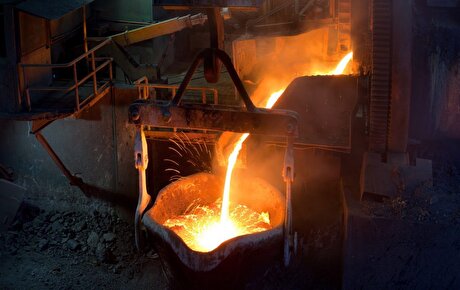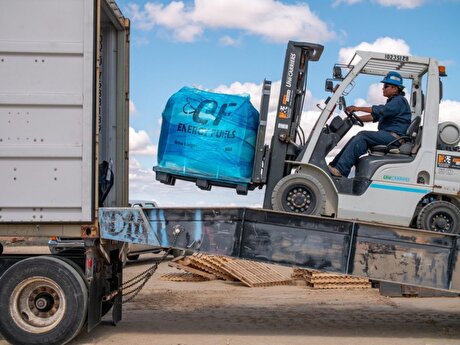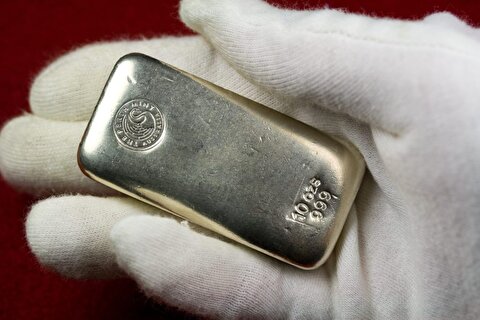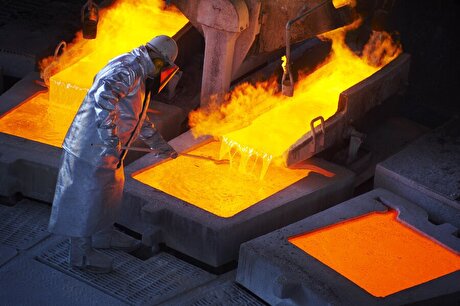
50% of Iran’s Passenger Fleet Grounded by Technical Problems

“Presently, more than 50% of our fleet are grounded for lacking parts for repairs, especially engines,” Alireza Barkhordar also told IRNA in an interview.
Blaming a lack of financial resources and restrictions imposed by sanctions in the way of purchasing parts for the current situation, Barkhordar put the number of inactive planes in Iran above 170.
“If the status quo persists, we will see more planes grounded in the near future,” he added.
Chairman of Majlis Development Commission Mohammad Reza Rezaei-Kouchi had earlier said that Iran plans to buy more passenger airplanes.
The official was quoted as saying by Mehr News Agency that the planes would be purchased by private entities and that banks would help fund the purchases.
Iranian airlines have purchased eight secondhand passenger planes, the former head of Civil Aviation Organization of Iran said earlier this year.
“Eight airplanes have been imported, but they have not yet received CAO’s operational permission ... These planes have been manufactured by western planemakers in 2004-05,” Touraj Dehqani Zanganeh was also quoted as saying by Airlinepress.ir.
He added that the planes have been purchased by private airliners.
If the status quo persists, more planes would be grounded in the near future
Referring to Iran’s deal with Boeing, ATR and Airbus signed after Iran signed a nuclear agreement with six world powers, Zanganeh said any change in the current circumstances is likely to help the aviation industry renew its aged fleet.
Flag carrier IranAir is enquiring about the status of its shelved aircraft order with Boeing. The carrier had ordered a mix of 737 MAXs and 777s in 2016. However, the reimposition of sanctions in 2018 blocked the order.
With US President Joe Biden in power, IranAir is once again trying to clarify the order’s status, Simple Flying reported.
The airline has reportedly reached out to Boeing to find out what will happen to its massive order under President Biden. Currently, US sanctions prevent both Airbus and Boeing from exporting any aircraft to Iran. However, it is likely that the new administration will reverse this order at some point.
The deal between IranAir and Boeing was valued at over $16.5 billion and would have supported 100,000 jobs, according to the manufacturer. However, the US ex-president, Donald Trump’s arrival dampened any expectations, with Boeing delivering no aircraft to Iran since the order and has no planned deliveries for now.
While Iran is not too sure about its Boeing order book, it does have some hope for its Airbus deal.
“Iran’s contract with Airbus and ATR has been suspended … There is definitely a possibility that ATR and Airbus contracts will be reactivated. If an opening occurs, they will have to return to the contracts,” Zanganeh said.
But even for Airbus to export aircraft, it will require US approval since the aircraft uses American technology. For now, there is little evidence that the orders are going to progress in the near term.
For IranAir, the orders with Boeing and Airbus were key to finally modernizing its old fleet. Data from Planespotters.net show that the airline currently operates a fleet of 39 planes, with eight Airbus A300s, two A310s, and nine A320s, one cargo 747, one MD-82 and three Fokker F100s.
The average fleet age is 18.6 years, which includes 16 new planes. Before the sanctions were reinstated, the carrier managed to take delivery of 13 ATR 72s, one A321 and two A330s. While this helped modernize the fleet slightly, IranAir needed far more narrow- and wide-bodied planes to replace the A300s.
With the likes of 737 MAX and A320neo out of reach for now, IranAir has been inducting secondhand jets. The carrier took three A319s in late 2019, hoping to grow its small fleet quickly.
After the 1979 Islamic Revolution, as a result of US economic sanctions against the country, airliners in Iran were prevented from expanding or replacing its fleet.
The prolonged period of time that Iran airlines were under sanctions and barred from purchasing spare parts and new planes led to a dramatic rise in their average fleet age and plunging safety record.
The imposition of international sanctions over Iran's nuclear program exacerbated the situation for the flag carrier. However, JCPOA paved the way for Iran to renew its aging fleet.
Following the lifting of sanctions in January 2016, IranAir finalized contracts for purchasing 100 Airbus jets, 80 Boeing jets and 20+20 ATR aircraft. It has taken the delivery of 11 planes so far: one Airbus A321, two Airbus A330s and eight ATR 72-600s.
Later, as the US reimposed unilateral sanctions against the Islamic Republic, the delivery process of the orders placed by IranAir came to a halt after the US Treasury Department revoked the licenses of Boeing and France’s Airbus to sell commercial planes to Iran Air.
ATR initially hoped it would receive permission from OFAC to supply the remaining seven aircraft, but later conceded that this would not happen.
The aggregate value of the deals was estimated at $20-30 billion.
In addition to the 13 ATR 72-600 turboprops delivered to Iran Air, the flag carrier also received an Airbus A321 and two Airbus A330s.
Boeing did not deliver any aircraft as part of the order.
Source: Financial Tribune


Trump weighs using $2 billion in CHIPS Act funding for critical minerals

Codelco cuts 2025 copper forecast after El Teniente mine collapse

Electra converts debt, launches $30M raise to jumpstart stalled cobalt refinery

Barrick’s Reko Diq in line for $410M ADB backing

Abcourt readies Sleeping Giant mill to pour first gold since 2014

Nevada army depot to serve as base for first US strategic minerals stockpile

SQM boosts lithium supply plans as prices flick higher

Viridis unveils 200Mt initial reserve for Brazil rare earth project

Tailings could meet much of US critical mineral demand – study

Kyrgyzstan kicks off underground gold mining at Kumtor

Kyrgyzstan kicks off underground gold mining at Kumtor

KoBold Metals granted lithium exploration rights in Congo

Freeport Indonesia to wrap up Gresik plant repairs by early September

Energy Fuels soars on Vulcan Elements partnership

Northern Dynasty sticks to proposal in battle to lift Pebble mine veto

Giustra-backed mining firm teams up with informal miners in Colombia

Critical Metals signs agreement to supply rare earth to US government-funded facility

China extends rare earth controls to imported material

Galan Lithium proceeds with $13M financing for Argentina project

Kyrgyzstan kicks off underground gold mining at Kumtor

Freeport Indonesia to wrap up Gresik plant repairs by early September

Energy Fuels soars on Vulcan Elements partnership

Northern Dynasty sticks to proposal in battle to lift Pebble mine veto

Giustra-backed mining firm teams up with informal miners in Colombia

Critical Metals signs agreement to supply rare earth to US government-funded facility

China extends rare earth controls to imported material

Galan Lithium proceeds with $13M financing for Argentina project

Silver price touches $39 as market weighs rate cut outlook



















